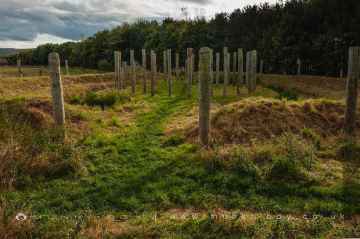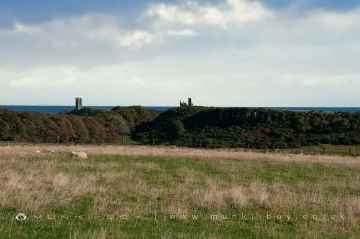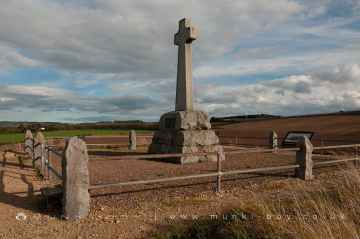Alnwick
Alnwick is a Town in the county of Northumberland.
There are great places to visit near Alnwick including some great villages, ancient sites, beaches, hiking areas, geological features, castles, ruins, islands, towns, roman sites and historic monuments.
There are a several good villages in the Alnwick area like Milfield, Craster, and Bamburgh.
The area around Alnwick's best ancient sites can be found at Milfield North Henge.
The area around Alnwick features a number of interesting beaches including Embleton Bay, and Bamburgh Beach.
Don't miss Dunstanburgh, Sycamore Gap, and Hadrian's Wall near Hexham's hiking areas if visiting the area around Alnwick.
Gull Crag and the Rumble Churn, Greymare Rock, and Sycamore Gap are great places to visit near Alnwick if you like geological features.
Dunstanburgh Castle is a great place to visit close to Alnwick if you like castles.
There are a number of ruins near Alnwick including Dunstanburgh Castle, WWII Sandbag Pillbox, and Old Limekiln at Dunstanburgh.
The area around Alnwick's best islands can be found at Farne Islands.
There are a several good towns in the Alnwick area like Hexham, and Berwick-upon-Tweed.
There are a several good roman sites in the Alnwick area like Hadrian's Wall near Hexham, and Chesters Roman Fort.
Places near Alnwick feature a number of interesting historic monuments including Flodden.
Alnwick History
There are some historic monuments around Alnwick:
Places to see near Alnwick
History of Alnwick
At various points in the town are memorials of the constant wars between Percys and Scots, in which so many Percys spent the greater part of their lives. A cross near Broomhouse Hill across the river from the castle marks the spot where Malcolm III of Scotland was killed during the first Battle of Alnwick. At the side of the broad shady road called Ratten Row, leading from the West Lodge to Bailiffgate, a stone tablet marks the spot where William the Lion of Scotland was captured during the second Battle of Alnwick (1174) by a party of about 400 mounted knights, led by Ranulf de Glanvill.



























